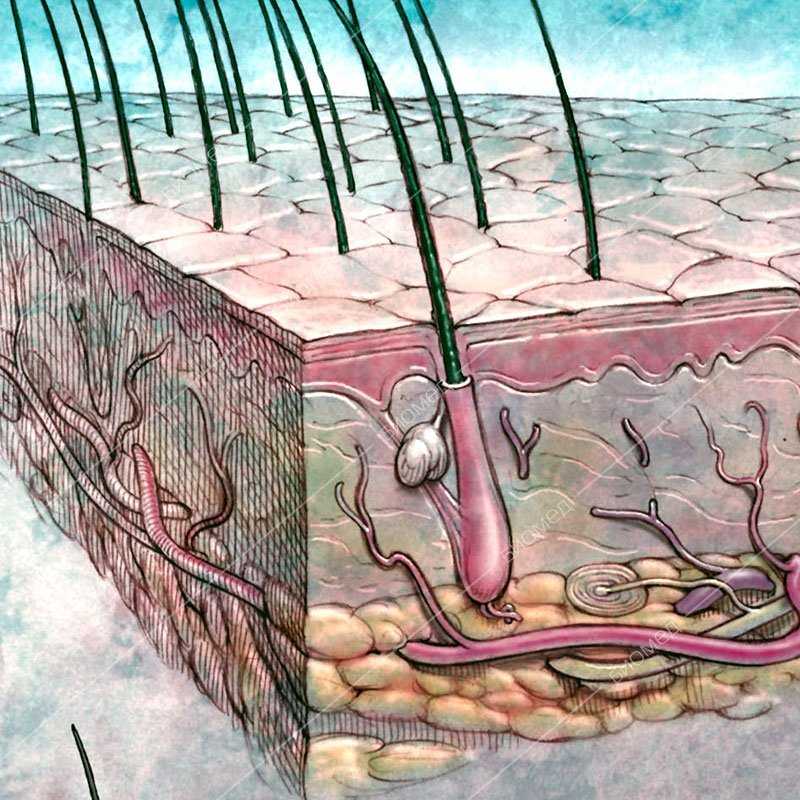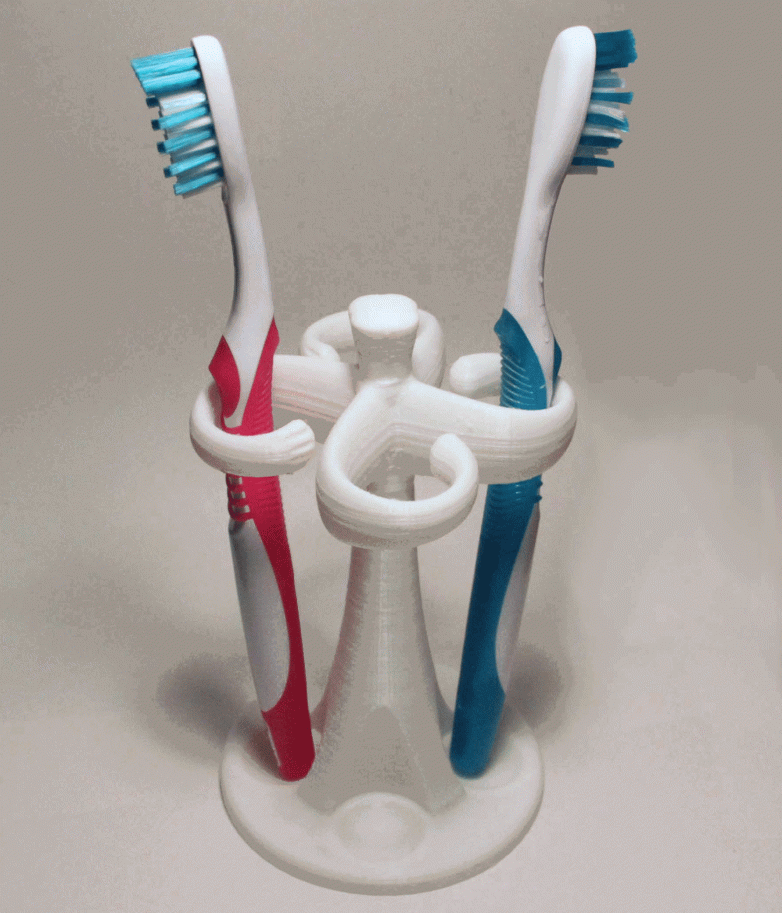3D printing hair follicles
3D Hair Printing Follicles l Hair Growth Advances
Researchers Making Strides Toward Artificially Created Hair Follicles
One of the interesting areas of research in hair transplantation involves the possibility of hair follicles created by a process similar to a 3-D printer. It might sound like science fiction, but two well respected organizations – L’Oréal and Poietis – believe it can be science fact. The two have partnered to explore what they describe as “bioprinting a hair follicle.”
Poietis isn’t a top household brand name like L’Oréal, but it has been involved in game-changing scientific developments in the area of laser-assisted printing to create cell-based objects such as biological tissue. Originally, the concept was being explored to eliminate the necessity to use animals to test products. However, the latest initiative is geared toward people who are seeking help with hair loss.
Here’s how it works:
- A bioprinter bounces a pulsing laser beam off a mirror and through a lens to create a ribbon containing cell-based bio ink.
- The device, which can position cells in 3D with extremely high cellular resolution, on the order of ten microns, repeatedly layers micro-drops of the bio ink.
- Operating at a rate of 10,000 micro-droplets per second, the layers create living biological tissue with cellular viability over 95 percent.
- The living tissue must be matured for around 3 weeks before it can be used in tests.
According to an announcement from the two companies, “This research partnership offers exciting perspectives at a time when conventional tissue engineering technologies remain limited in terms of the complexity of cell patterns.”
They make no secret of their audacious goal, saying, “The combination of this exclusive technology with L’Oréal’s unique expertise in hair biology could make it possible to create a functional follicle capable of producing hair.”
This is not to be confused with producing artificial hair for use in hair pieces or other hair replacement products that are placed on the scalp.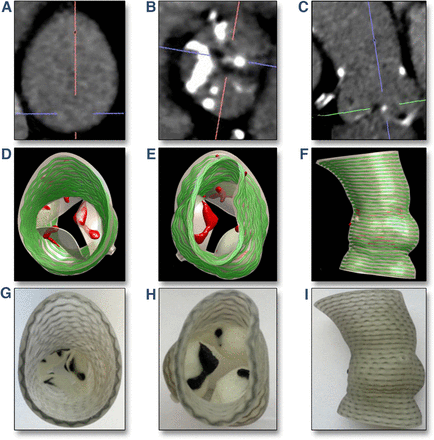 The L’Oréal/Poietis partnership is actually aimed at creating a living hair follicle that in concept could be implanted into the scalp just as we do currently with a patient’s own follicles when Dr. Arocha performs a hair transplant.
The L’Oréal/Poietis partnership is actually aimed at creating a living hair follicle that in concept could be implanted into the scalp just as we do currently with a patient’s own follicles when Dr. Arocha performs a hair transplant.
“It’s of the most complex objectives so far of all the bio-printing projects that we have created,” said Poietis Founder and Chief Executive Fabien Guillemot.
Of course, it is essential to recognize that even conventional 3-D printing can be difficult to access and relatively expensive. Like many other scientific advances currently underway in various parts of the globe, this one is likely many years away from having any impact on patients seeking help for their hair loss today. Nonetheless, the team at Arocha Hair Restoration is excited about what it could mean in the next decade.
“This research addresses one of the biggest frustrations in the field of hair restoration: patients who experience the greatest hair loss and have the greatest need for follicles to transplant also have the least number of potential donor follicles,” said Dr.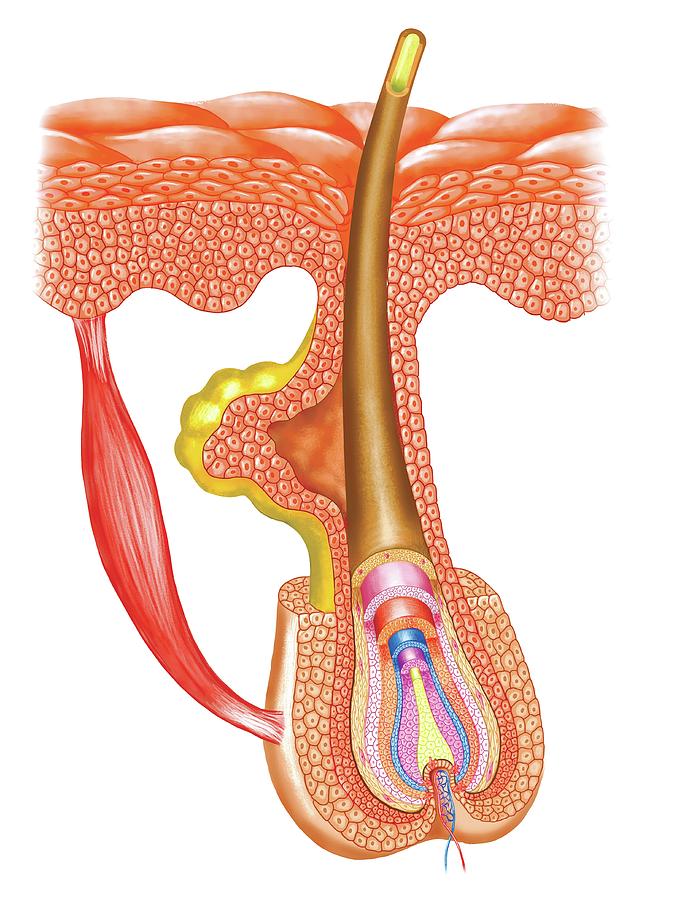 Arocha. “If a bioprinter could produce donor follicles that could be implanted into the scalp of that patient, it would remove the biggest limiting factor for achieving desired density.”
Arocha. “If a bioprinter could produce donor follicles that could be implanted into the scalp of that patient, it would remove the biggest limiting factor for achieving desired density.”
Poietis is among a long list of researchers heavily involved in the bioprinting process. If you are thinking this is just hype, the proof that the practice of bioprinting can work is as plain as the nose on your face – literally. The French company previously created cartilage nearly a half inch wide by a quarter inch thick. It’s the type of tissue that could be used to restore ears, shoulders, knees and even a nose. That process took about 10 minutes in production. They expect that growing hair follicles will be significantly more complex and will therefore take longer.
See video explanation on YouTube:
- https://www.youtube.com/watch?v=mxNs9drZtvM
- https://www.youtube.com/watch?v=qBf-B5N0aAI
Contact Arocha Hair Restoration today for a complimentary consultation.
How 3D printing allows scientists to grow new human hairs
By Maria Cohut, Ph.D. on July 1, 2019 — Fact checked by Isabel Godfrey
Researchers from Columbia University have found a way of using 3D printing technology to simulate human scalp skin and thus allow new human hairs to grow. They can then transplant the new hair to the scalp of people experiencing hair loss.
Share on PinterestA new 3D printing technique has allowed researchers to grow hair from stem cells in laboratory dishes.A large number of people around the world experience hair loss in one form or another, either due to natural causes or as a side effect of medical therapy. In many of these cases — especially in individuals with natural hair loss — the process is not reversible.
Studies have shown that hair loss can have a significant effect on the self-image and quality of life of both women and men, as most cultures place a lot of importance on natural hair.
Despite this, treatment options for people with hair loss can be hit-and-miss, and some individuals may require more targeted interventions, such as a hair transplant.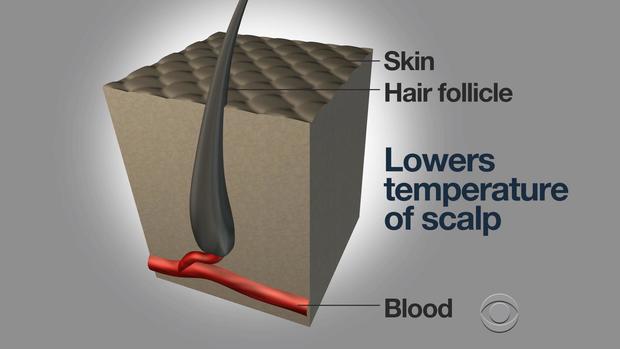
This procedure involves the transplantation of hair follicles from one part of a person’s body to another. However, new and more sustainable options for hair regrowth may now be on the horizon.
Some recent research has focused on using stem cells to grow new, natural human hair, but the experiments have relied on using mouse skin as the “planting ground” for these cells.
Now, for the first time, a team of researchers from the Columbia University Medical Center in New York, NY, has devised a method of growing new human hair. Instead of relying on skin, they used 3D printing methods.
The researchers explain that their successful experiment was a first in more than one way. Scientists have been able to grow rat and mouse hairs independently in the lab, but they have been having trouble achieving the same with human hairs.
“Cells from rats and mice grow beautiful hairs. But, for reasons we don’t totally understand, human cells are resistant,” says co-author Angela Christiano, Ph. D.
D.
Christiano and team wondered whether they would be able to stimulate the growth of new hair in the lab by creating an environment similar to that which human hair cells naturally occupy.
Their first try involved creating small cell spheres and suspending them inside drops of liquid. Then, they implanted these spheres into mice to see whether hair would grow. The researchers were unsatisfied with this approach because although some of the implanted cells formed new hair, others failed to develop.
Next, the team decided to experiment with 3D printing techniques to see if they could create a microenvironment that mimicked the natural environment of human hair follicles more closely. The investigators report their process, as well as their results, in a study paper that appears in Nature Communications.
Christiano and colleagues ended up creating plastic molds with projecting extensions that were half a millimeter wide.
“Previous fabrication techniques have been unable to create such thin projections, so this work was greatly facilitated by innovations in 3D printing technology,” explains first author Hasan Erbil Abaci.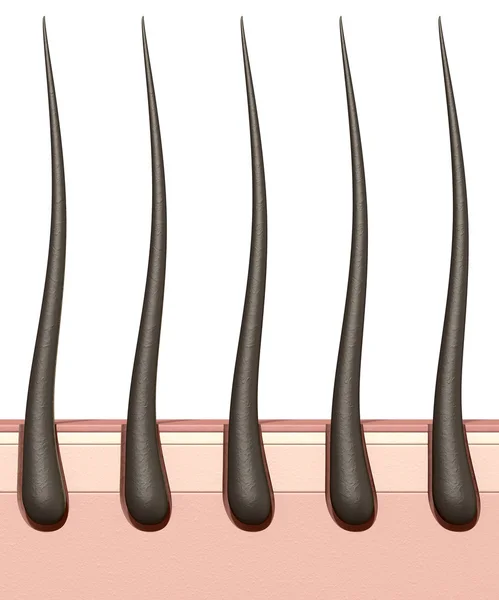
Next, the researchers managed to get human skin to grow around the mold. They placed hair follicle cells that they had collected from volunteers inside it, adding keratin-producing cells on top. Finally, they stimulated growth by adding in various growth factors.
This assay was successful — in no more than 3 weeks, the cells generated human hair follicles that were able to start growing hair.
The researchers note that this process is still far from perfect. Nevertheless, it has the potential to establish a sustainable source of natural hair for transplants and to provide hair to any person who may need it.
“That [would expand] the availability of hair restoration to all patients — including the 30 million women in the United States who experience hair thinning and young men whose hairlines are still receding. Hair restoration surgery would no longer be limited by the number of donor hairs,” says Christiano.
The researchers point out that growing human hair in this way, in the laboratory, could also be helpful in pharmaceutical research, giving investigators more freedom to search for or test new hair growth drugs.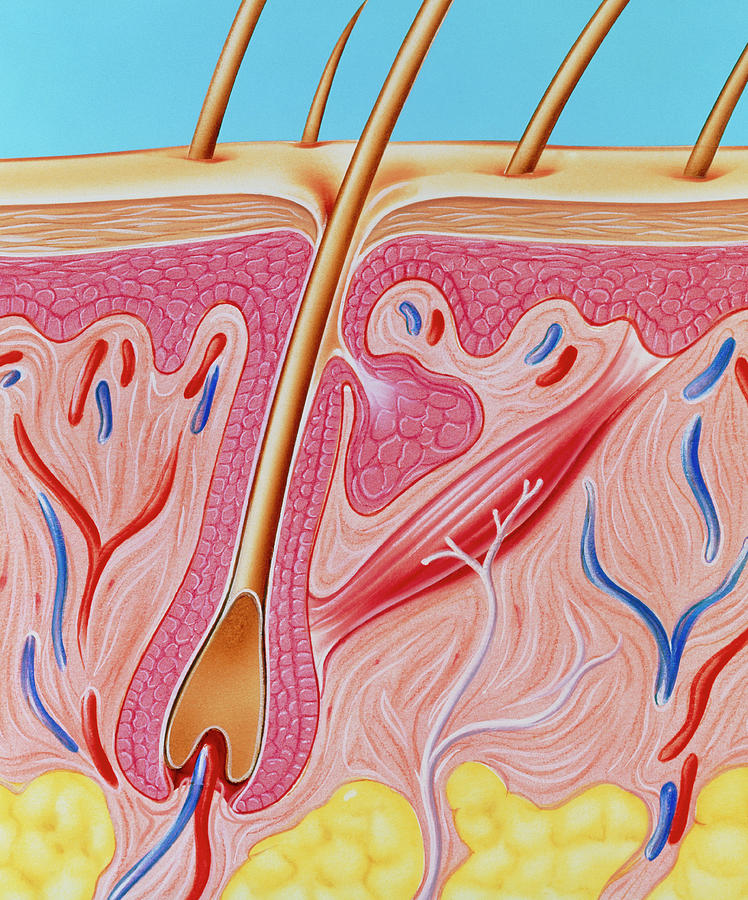
“What we’ve shown is that we can basically create a hair farm: a grid of hairs that are patterned correctly and engineered so they can be transplanted back into that same patient’s scalp.”
Angela Christiano, Ph.D.
While most of the researchers who took part in this study declared no competing interests, Angela Christiano and Colin Jahoda specified that they are founders of Rapunzel Bioscience, a biotechnology company that invests in regenerative therapies for the hair and skin.
3D printing of hair follicles - vechnayamolodost.ru
- Home
- Articles
- Life Sciences
- Cell Technology
- Hair Follicle 3D Printing
L'Oreal intends to fight hair loss with the help of additive technologies
news3dtoday Based on L’Oreal: L’Oréal and Poietis sign an exclusive research partnership to develop bioprinting of hair
The famous cosmetics manufacturer is assisted by the French company Poietis, which specializes in laser bioprinting. The partners do not promise quick results, but in the long term, a new method of hair restoration is possible without transplantation of plastic or the patient's own hair. The idea is to 3D print hair follicles.
The partners do not promise quick results, but in the long term, a new method of hair restoration is possible without transplantation of plastic or the patient's own hair. The idea is to 3D print hair follicles.
“If we manage to print hair follicles, we will improve our understanding of biology and uncover some of the mysteries associated with the causes of hair growth and loss. Many people take baldness very close to their hearts, and if we can find methods to effectively combat it, it will be a real revolution,” says José Kotovio, director of research and innovation at L'Oreal (pictured left, next to him is Bruno Bernard, specialist in trichology - VM).
The process being considered by the Poietis researchers begins with determining where new cells need to be grown and predicting the rate and pattern of growth of biomaterials after implantation. Bioink, consisting of hydrogel and living cells, is selectively applied to the surface, separating in the form of microdroplets from the original substrate under the influence of short laser pulses.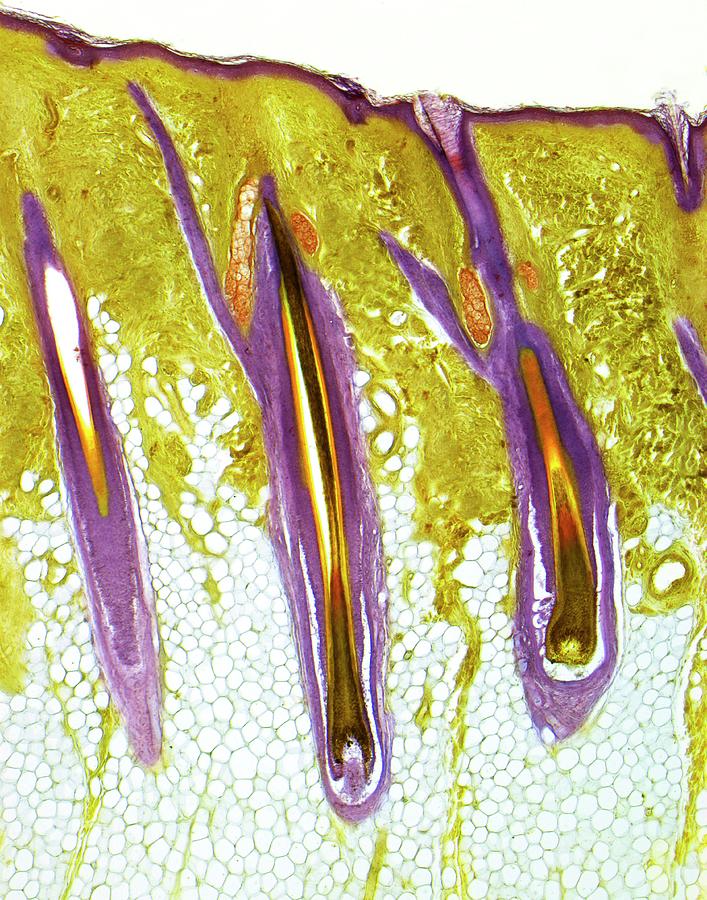 The printing speed is about 10,000 microdrops per second. Once the new tissue is built, it takes a certain amount of time for it to mature before the follicles germinate.
The printing speed is about 10,000 microdrops per second. Once the new tissue is built, it takes a certain amount of time for it to mature before the follicles germinate.
Poietis has been bioprinting for a long time, and the company's portfolio includes successfully grown cartilage samples one centimeter wide and half a millimeter thick, printed in about ten minutes each. Researchers rightly believe that printing bulbs will take more time and effort due to the more complex composition. “This is one of the most challenging bioprinting projects we have ever undertaken,” admits Poietis Director and Chief Scientist Fabien Guillemot (pictured right).
It looks like they all have a vested interest in the success of the project :) – VM
Portal "Eternal Youth" http://vechnayamolodost.ru
06.10.2016
Read related articles:
cosmetic medicinecellular technologyartificial organs Printable version
Text error?
Select it and press ctrl + enter
Read also:
Cell technologies: myths and reality of beauty medicine
Experts discussed the application of cell technologies and genetic engineering in aesthetic and reconstructive medicine at the round table with the same name.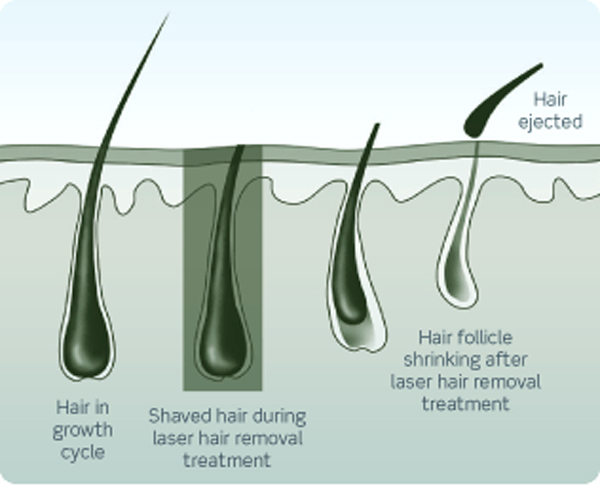
read
Test-tube hair
American scientists have created a method of treating baldness without hair transplantation - by growing new hair follicles.
read
It will now be possible to manufacture certified cell products in Russia
A Gazeta.Ru correspondent visited the opening of a new laboratory complex for the production of cell products and the provision of services in the field of regenerative medicine and medical genetics.
read
Not enough faux leather for everyone
For 30 years, dozens of anti-burn preparations have been developed in Pushchino using cellular technologies, but it is difficult to introduce them into medical practice.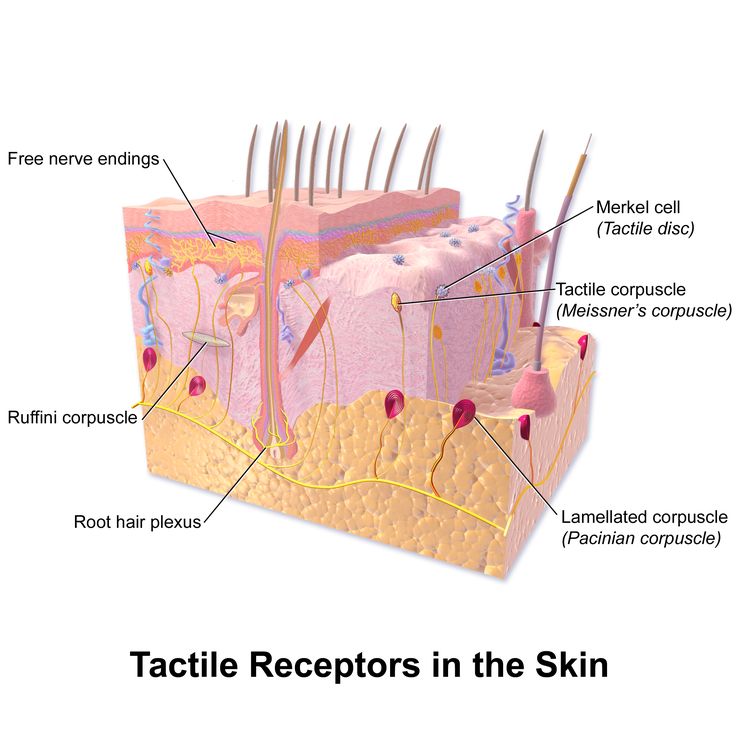
read
Hairless mice grow human hair
Biologists believe that further experiments with human cells will provide a safe and convenient tool that allows bald men to restore their hair in a few weeks.
read
Bald hair to be 3D printed
Read Ukrainian
Creating artificial hair follicles using 3D printing technologies - the goal of a joint project of the cosmetics corporation L'Oréal and Poietis
The creation of artificial hair follicles using 3D printing technologies is the goal of a joint project between the cosmetics corporation L'Oréal and Poietis, a company specializing in various biotechnologies, one of which is laser bioprinting.
Subscribe to our Viber: news, humor and entertainment!
Subscribe According to Russian media, according to hair health experts, the use of 3D printers to combat baldness is exactly the technique that can provide a real revolution in the treatment of baldness.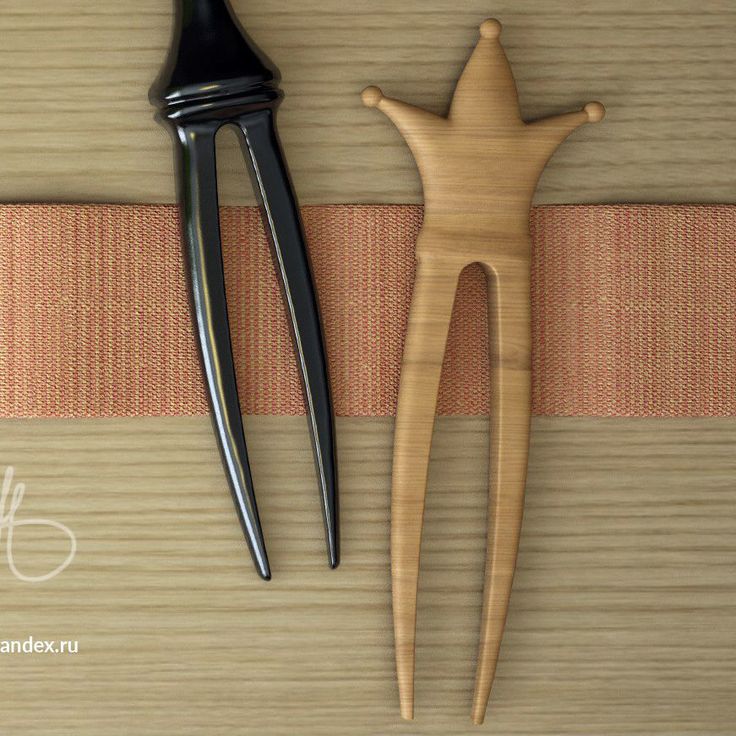
"Baldness is a problem that many people take very seriously, so it is our duty to develop the most innovative technologies to address this cosmetic feature," said José Kotovio, who heads the research department of L'Oréal Corporation.
See also: British joker almost left his wife without hair
According to experts, the revolutionary technology will allow millions of people to restore their lost hair, resulting in one less problem in the world.
L'Oréal and Poietis, according to insiders, have already achieved some very impressive results in the treatment of baldness, based on the use of 3D-printed hair follicles.
Previously, Znayu wrote about five ways to speed up hair growth.
Subscribe to our Viber: news, humor and entertainment!
SubscribeFeatured News
Iranian schoolgirl beaten to death by security forces - refused to sing propaganda anthem
The main thing of the night: the likely date for the end of the war, the cooling in Ukraine, the population below the poverty line and innovations for pensioners
War pushes a quarter of Ukrainians below the poverty line, but the real problems will start in 2023 - World Bank
An approximate date has been named when the war will end in Ukraine: the tarologist made her prediction back in 2021
60-70 hryvnias: price changes for popular cereals are predicted in Ukraine
Shahed-136 drone attack: what Ukrainians should not do in any case
After the tragedy in Yeysk, the Russian governor suggested that the relatives of the victims forget about everything and go to work with a positive attitude
Anna Trincher showed how she was a fan of Pozitiv when Voloshin was not in sight: "11 years ago .
